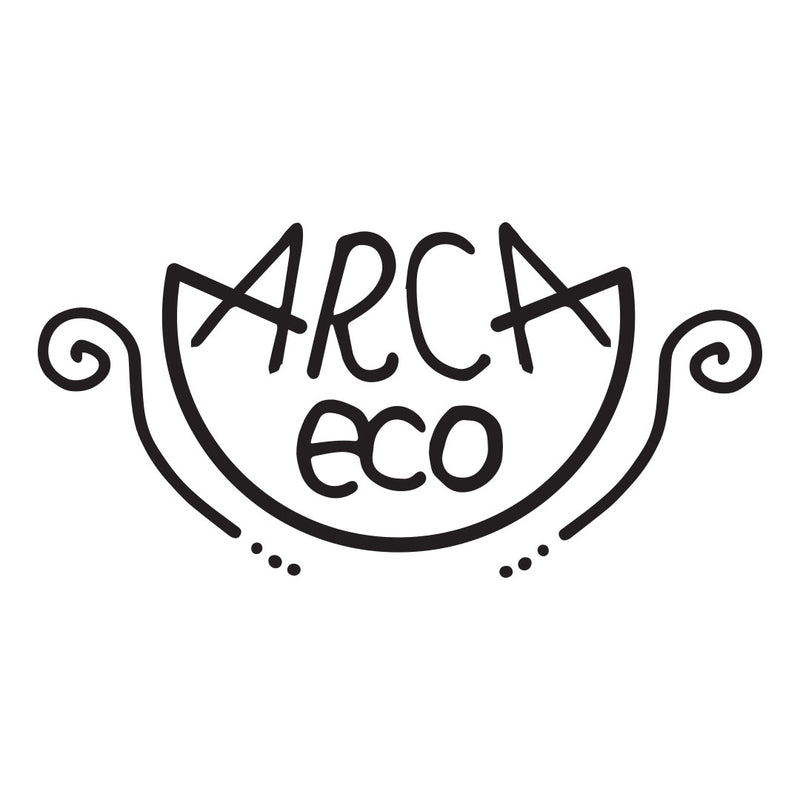Solid hair detergent that you can find nowadays
Nowadays you can find several solid substitutes to liquid shampoo but you need to be aware that there are two main categories of shampoo: the saponified shampoo and the solid shampoo.
The fact that you are going to buy a solid product is amazing because you save a plastic bottle. Congrats!
Let’s see what are the differences:
Saponified shampoo are made by saponifying oils and fats with sodium hydroxide. Different oils, butters, herbal powders, clays, essential oils etc are chosen to formulate these shampoo in order to have different properties for your hair. They have to cure for a minimum of 6 weeks before they can be sold. Usually only natural ingredients are used, making this the best choice for the planet as they are more biodegradable. The active washing substances that remove dirt and grease are the alkali salts of fatty acids. They are produced when sodium hydroxide breaks down fats and oils into glycerine and the alkaline salts of fatty acids.
Saponified shampoo has a basic pH value, this leads the creatine scales of the hair to open briefly and that is also the reason why the hair might feel rougher immediately after washing. That’s why we always suggest to follow up with a so-called acid rinse after shampooing. The acidic rinse has several benefits: it seals the hair follicle, encourages shine and prevents limescale buildup. Learn how to make your acid rinse at home.
Saponified shampoo might not be love at first shower, in comparison with the solid shampoo, but the ones who really give it a try they might never go back. The formulation usually includes a percentage of completely unsaponified oils, which make your hair water-repellent and nourished together with the natural glycerine that is created during the saponification process, which is a water binding agent which helps your hair to store humidity.
On the other side we have solid shampoo that are made by mixing and compact different powders, oils, herbs, essential oils and detergent substances that are syndets ( synthetic detergents). These might scare you but there is a sulfate free synthetic detergent, called Sodium Cocoyl Isethionate (SCI), that is originally derived from coconut oil, normally used in natural cosmetic shampoo bars. Watch out from syndets like Sodium Lauryl Sulfate, because it leads to irritated scalps, allergies, dry hair and is poorly biodegradable. The manufacturing process is a bit more complex as we have to mix well all the ingredients, melting the oils and go through different phases until we reach an homogeneous “mother dough” from which we will cut the shampoo bars and compact them manually or with a specific press (like the one to make bath bombs!) one by one. After 48 hours it is ready to be used and sold.
This shampoo has a pH similar to our scalp, giving you a more comfortable feeling at each use and because it doesn’t need an acid rinse is more popular.
The ingredients used to make this shampoo are more expensive together with the manufacturing process, leading to a final product with higher costs: around 15-20€/100gr.
HOW DO I KNOW WHICH TYPE OF SHAMPOO I AM BUYING?
Each cosmetic product has its own INCI written somewhere in the label and it’s something that for law has to be written!
If the first ingredient of the INCI is an oil like: Olea Europaea Fruit Oil, Cocos Nucifera Oil, Prunus Amygdalus Dulcis it is a saponified shampoo.
If you have one of these ingredients at the beginning Sodium Cocoyl Isethionate, Sodium lauryl sulfoacetate, Sodium Coco-Sulfate it is a solid shampoo.
If you have any doubts you can always contact me and I will be more than happy to help you.
